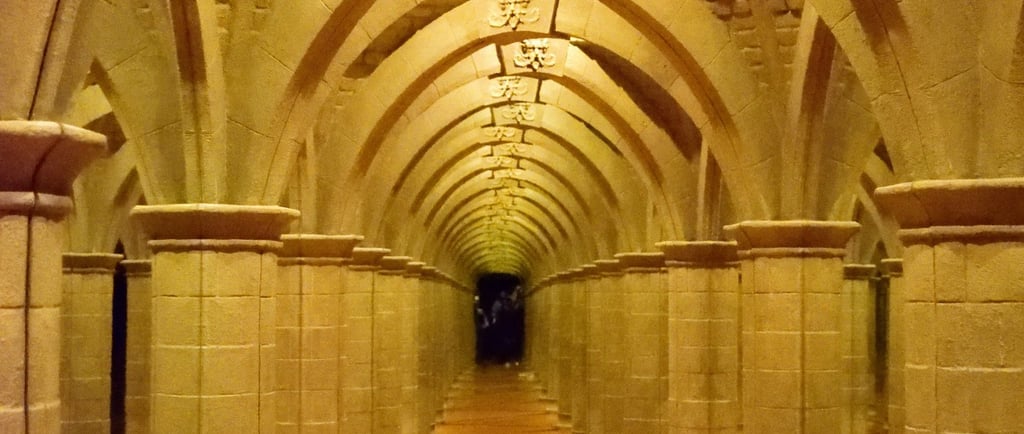The Merits of Repetition as a Style in Photography
Symmetry and Repetition are your Friends


Repetition in photography refers to the deliberate use of recurring patterns, shapes, colors, or subjects within an image. By repeating certain elements, photographers can create a sense of unity, balance, and order. Repetition can be found in various forms, such as lines, shapes, textures, or even the repetition of a single subject.
When used effectively, repetition can draw the viewer's attention, guide their eyes through the image, and create a visual rhythm. It adds a layer of complexity and depth to the composition, making the photograph more visually engaging.
One of the most compelling aspects of repetition in photography is its close relationship with symmetry. Symmetry, as a concept, refers to a balanced arrangement of elements on either side of an axis. It is visually pleasing and can create a sense of harmony and order.
Repetition can transform an ordinary scene into something extraordinary. By repeating certain elements, photographers can create visual interest and make the viewer pause and take a closer look. It adds a layer of complexity and depth to the image, making it more captivating.
Repetition can be found in various genres of photography. In architecture photography, for example, repetition of shapes and patterns can highlight the beauty and intricacy of a building. In nature photography, repetition of textures or patterns can create a sense of rhythm and harmony.
When photographing a subject with repetitive elements, it is important to consider the composition and framing. Experimenting with different angles, perspectives, and focal lengths can help create a more dynamic and visually engaging image.
Repetition can also be used to enhance the narrative of a photograph. By repeating certain elements, photographers can convey a sense of continuity, progression, or even a story within a single frame.
For example, in street photography, capturing a series of photographs with repeated elements can tell a story of everyday life in a particular location. The repetition of gestures, actions, or objects can create a visual narrative that invites the viewer to explore and interpret the scene.
Repetition, when used effectively, can elevate the impact of a photograph and create visually compelling images. Whether it is through the repetition of patterns, shapes, colors, or subjects, repetition adds a layer of depth, rhythm, and visual interest to the composition.
This photograph of Quirky Quarter in Liverpool serves as an excellent example of repetition and symmetry in photography. The arches dissapearing into the distance draws the eye into the centre and the symmetry helps compose the image. Whilst the image isn't exactly symmetical because the picture was taken in the hall of mirrors in the Quirky Quarter and the mirrors are at a 45 degree angle to the plane of view, I think it's close enough. It's often a problem with symmetry if things are slightly off, such as the framing/crop isn't central or the horizon is off, but I think this is off enough to make it look intentinal. Which is similar to the Dutch Tilt or Dutch Angle or in reality it's the Deutsch Angle. So long as it's quite obviously off, then it doesn't look odd, otherwise it looks like a mistake.
As photographers, we should embrace repetition as a powerful tool in our artistic arsenal. By understanding its merits and experimenting with different techniques, we can create images that captivate and resonate with viewers.
